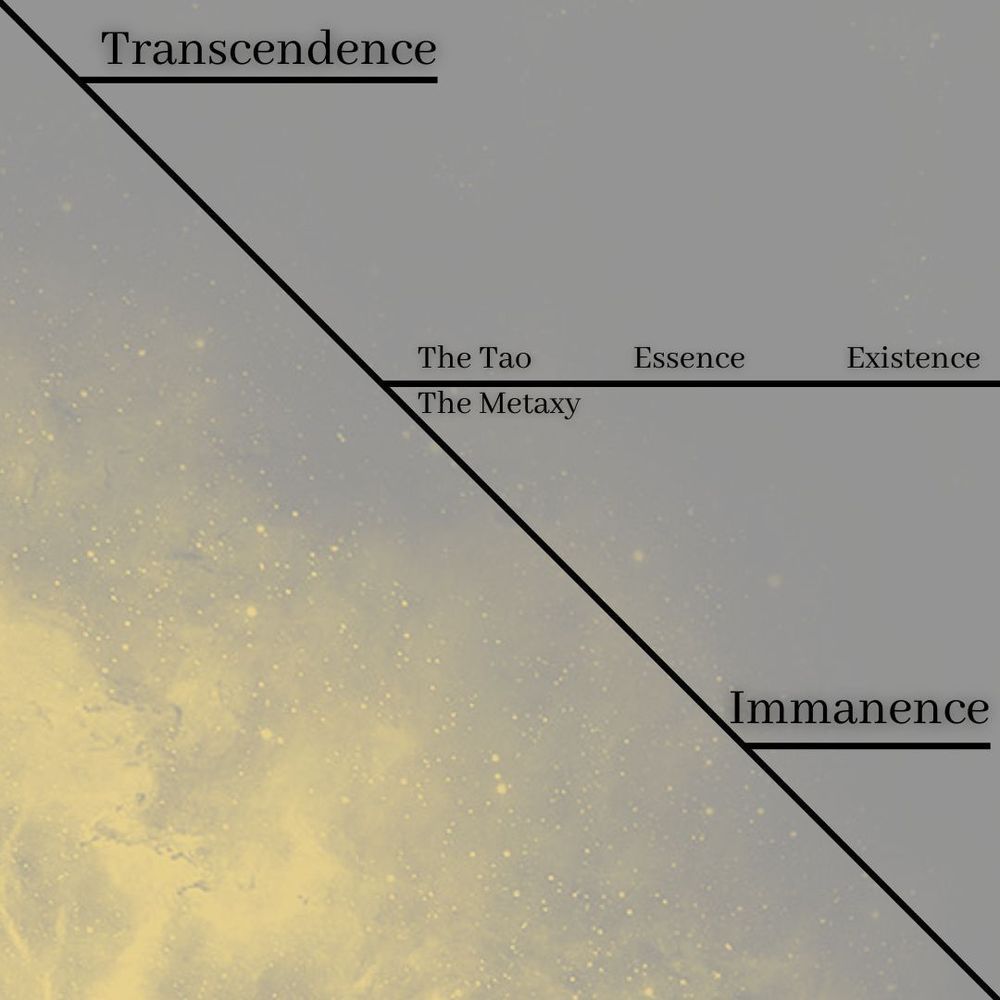
Mathematics was the cornerstone of the Industrial Revolution. A new paradigm of measurement and calculation, more than scientific discovery, built industry, modernity, and the world we inhabit today.
In school, you might have heard that the Industrial Revolution was preceded by the Scientific Revolution, when Newton uncovered the mechanical laws underlying motion and Galileo learned the true shape of the cosmos. Armed with this newfound knowledge and the scientific method, the inventors of the Industrial Revolution created machines – from watches to steam engines – that would change everything.
But was science really the key? Most of the significant inventions of the Industrial Revolution were not undergirded by a deep scientific understanding, and their inventors were not scientists.
The standard chronology ignores many of the important events of the previous 500 years. Widespread trade expanded throughout Europe. Artists began using linear perspective and mathematicians learned to use derivatives. Financiers started joint stock corporations and ships navigated the open seas. Fiscally powerful states were conducting warfare on a global scale.
There is an intellectual thread that runs through all of these advances: measurement and calculation. Geometric calculations led to breakthroughs in painting, astronomy, cartography, surveying, and physics. The introduction of mathematics in human affairs led to advancements in accounting, finance, fiscal affairs, demography, and economics – a kind of social mathematics. All reflect an underlying ‘calculating paradigm’ – the idea that measurement, calculation, and mathematics can be successfully applied to virtually every domain. This paradigm spread across Europe through education, which we can observe by the proliferation of mathematics textbooks and schools. It was this paradigm, more than science itself, that drove progress. It was this mathematical revolution that created modernity.
The geometric innovations
Advances in geometry began with the rediscovery of Euclid. The earliest known Medieval Latin translation of Euclid’s Elements was completed in manuscript by Adelard of Bath around 1120 using an Arabic source from Muslim Spain. A Latin printed version was published in 1482. After the mathematician Tartaglia translated Euclid’s work into Italian in 1543, translations into other vernacular languages quickly followed: German in 1558, French in 1564, English in 1570, Spanish in 1576, and Dutch in 1606.
Beyond Euclid, the German mathematician Regiomontanus penned the first European trigonometry textbook, De Triangulis Omnimodis (On Triangles of All Kinds), in 1464. In the sixteenth century, François Viète helped replace the verbal method of doing algebra with the modern symbolism in which unknown variables are denoted by symbols like x, y, and z. René Descartes and Pierre de Fermat built on Viète’s innovations to develop analytic geometry, where curves and surfaces are described by algebraic equations. In the late seventeenth century, Isaac Newton and Gottfried Leibniz extended the methods of analytic geometry to the study of motion and change through the development of calculus.
On top of theoretical improvements to mathematics, the instruments used to apply these theories to the world also advanced dramatically. One striking example comes from angular measurement, which saw large increases in precision as astronomers began to use new instruments, like the mural quadrant in the picture above. Angular measurement works by pointing instruments toward objects and reading off their angles on a measurement scale. The precision of pointing was improved by telescopic sights and finely tunable mechanisms, while better-designed measurement scales allowed astronomers to discriminate between similar angles. The graph below shows the trend of precision, going from seven arcminutes, or 0.11 degrees, in 1550, to 0.06 arcseconds, or 0.000017 degrees, in 1850 – an astounding improvement of almost 7,000 times over three centuries.
Computation was aided by the adoption of Hindu-Arabic numerals and the popularization of decimal notation. In 1614, John Napier’s introduction of the logarithm transformed multiplication into addition, and it was followed a decade later by the invention of the slide rule that could efficiently perform multiplication and division (see image below). The era also saw the introduction of printed mathematical tables. These tables document the values of standard mathematical functions and were crucial for computation before the advent of electronic calculators. Constructing them involved using known relationships such as trigonometric identities to compute new function values from old ones. While straightforward in theory, table construction was computationally demanding. The famous 1596 trigonometric table Opus Palatinum de Triangulis was an expensive endeavor financed by the Habsburg emperor Maximilian II: its 100,000 trigonometric ratios – accurate to up to ten decimal pIaces – took the mathematician Rheticus and his team of human computers 12 years to calculate, at a cost of more than 50 times Rheticus’s annual salary as a mathematics professor.









